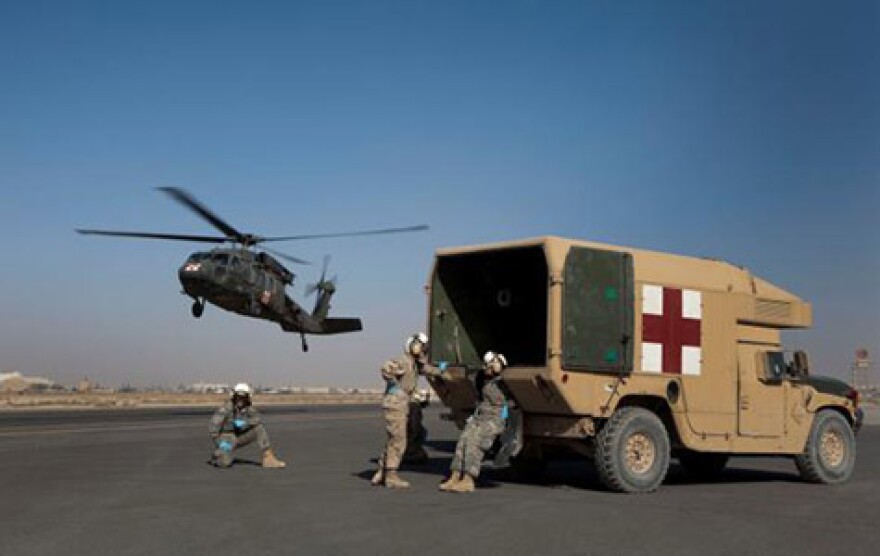In October 2011, large transport planes flew three mobile MRI machines into two U.S. military bases in southern Afghanistan with a mission: find the source of post-traumatic stress disorder (PTSD) by studying the brains of soldiers in combat.
The machines were installed in military trailers, fortified from the dust and steep temperature swings of the desert outside. The delicate imaging equipment was insulated from outdoor vibrations, sound and electromagnetic rays.
“It was a monster of logistical trouble,” said Dr. David Brody, a principal investigator on the project and professor of neurology at Washington University.
Brody’s study, which appears in Wednesday’s issue of Brain, studies the correlation between concussions and the development of PTSD symptoms afterward. The research was conducted by neurologists at Washington University and the Naval Medical Center in Portsmouth, Va.

Researchers evaluated 38 soldiers with blast-related mild brain injury who returned to duty afterward. The individuals were evaluated up to a week after the blast and again after six to 12 months.
Compared to a control group, the soldiers with concussions were more likely to report symptoms of PTSD such as anxiety, flashbacks or avoidance immediately after the blast. But their performance on balance and stability tests — a physical sign of trauma to the brain — were about the same.
Six to 12 months after their concussions, the soldiers experienced more severe symptoms of depression and PTSD than were reported by the control group.
“The long-term hypotheses we’re testing is whether the combination of brain injury and major stress is greater than the sum of the parts,” Brody said.

Though it’s possible that the soldiers who reported greater symptoms of PTSD after their concussions were simply involved in more traumatic situations, Brody said that’s something later research should clarify.
“All our emotional regulation occurs in the brain. So damage to the brain can impair emotional regulation. Some things we think of as PTSD could very well be damage to specific circuits in the brain,” Brody said.
About 24,000 American troops sustained mild traumatic brain injuries in 2011, according to the Department of Defense.

